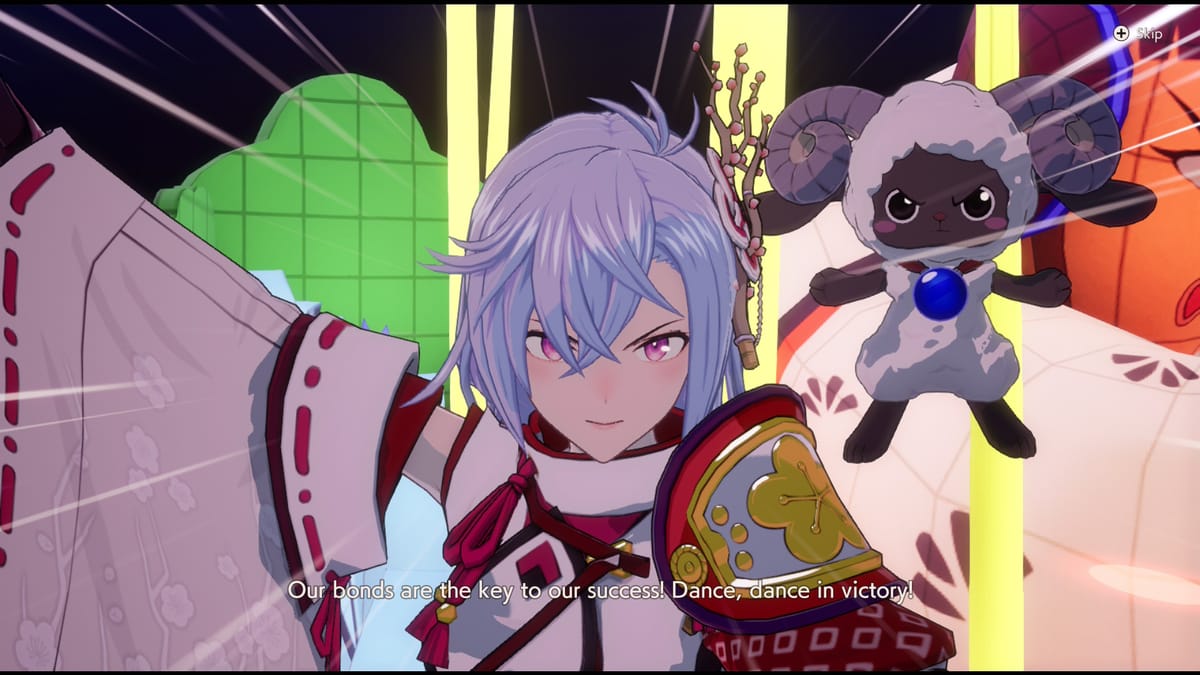
It’s far from perfect, but the Rune Factory series has always been my personal favorite of all the farming sims out there. It’s partially because they have combat, yes, but they often have good stories, interesting characters, and a magical setting. Most games in the genre opt for something more grounded, even with, for example, Fields of Mistria’s setting featuring magic, so it feels unique in that regard. The series’ jump to 3D was pretty rough, but I had faith they could fix things up for the next entry. That faith has been rewarded with Rune Factory: Guardians of Azuma. It’s easily the best the series has ever felt to play, and while it places a lot less emphasis on farming and social elements, it gives us a taste of what the next main entry could feel like while remaining fun in its own right.
Guardians of Azuma takes players to the eastern country of Azuma, taking on the role of an amnesiac who falls from the sky into Spring Village. It’s a pretty typical start for the series, but that also means it doesn’t take long to get into the meat of things. The land of Azuma is slowly but surely losing all of its runes, the basis of all life, and it’s up to you to restore them as well as the various gods using your powers as an Earthmate, or Earth Dancer as the people of Azuma call them. The story isn’t fantastic, and it often forgets the player character is an amnesiac, but it serves to push you forward.
Rather than taking care of the land entirely by yourself, you’re able to assign jobs to the various villagers of the four settlements you’re put in charge of. Build some fields and you can assign villagers to automatically plant, water, and harvest them for you. You can still farm yourself if you want, and you may sometimes have to because the villagers won’t always get to every task in a single day, but it’s much more of a secondary concern here. Instead, you focus on setting things up to automatically take care of themselves.
Each town has a few plots you’re allowed to build on, and you can place buildings, paths, fields, rivers, and decorations here. Doing so will improve the village’s rating, bringing more people in to do your bidding and further improve the rating. Of course, those people will need homes to live in, so you’ll have to make some room for more houses as people settle in. Each villager that moves in has an associated cost, but so long as you stay on top of farming you’ll pretty much always stay in net positive cash flow. Every villager also comes with up to four traits, which may make them better or worse at tasks like logging, fishing, sales, mining, or farming. It can feel cruel, but if a villager isn’t pulling their weight by having only negative traits, such as costing way more than other villagers, you can evict them to free up a slot in that village. You can also move villagers between towns as needed, which is especially handy when you’re trying to get started in one of the later villages.
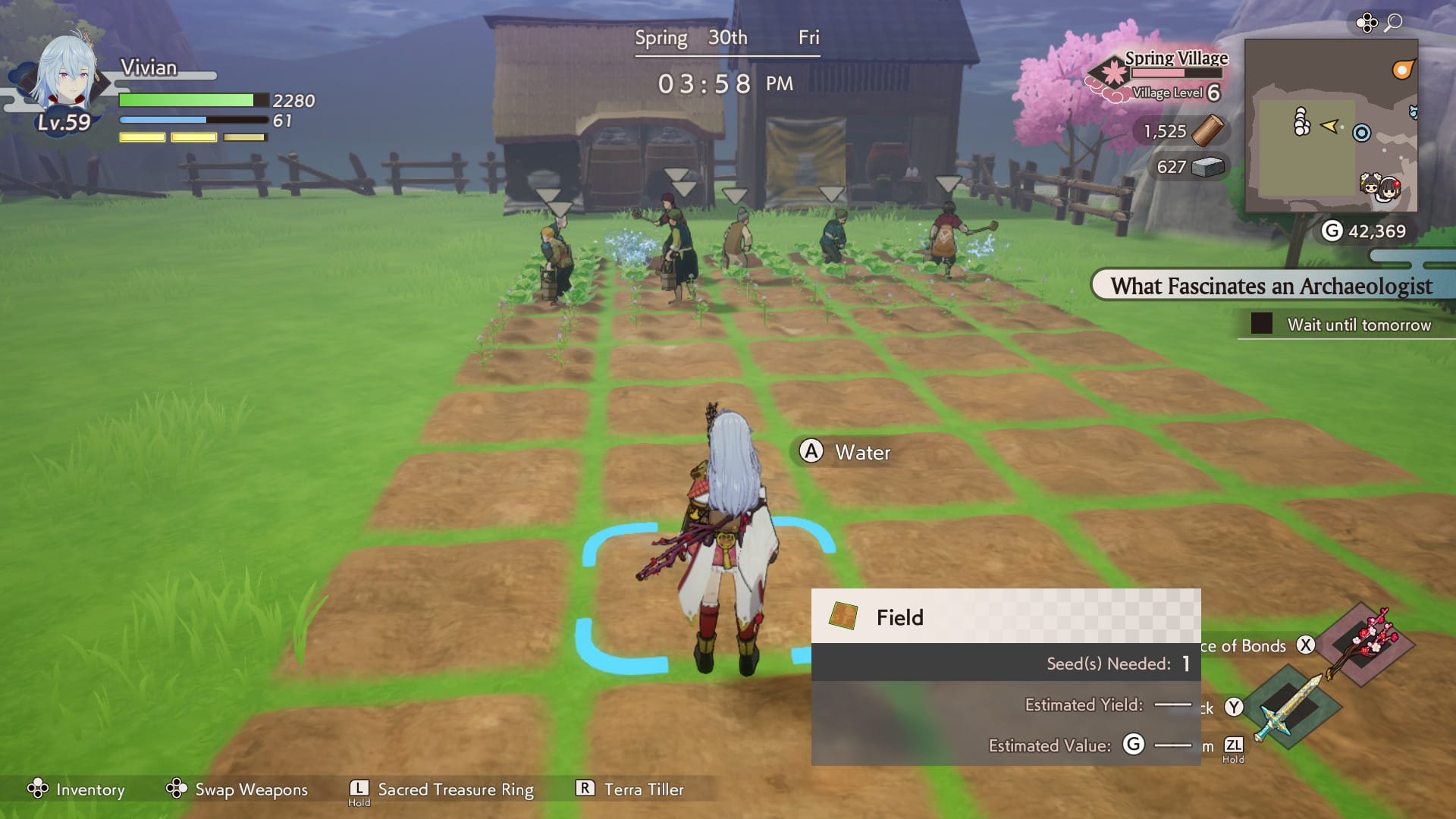
So if most of the mundane tasks are meant to be automated, what are you supposed to do? Well, early on it can be difficult to fill a day with activities, but eventually you’ll be planning your days to make the most of your time. You can adventure around the land and skies to defeat (or tame) monsters, gather materials for crafting, restore blighted areas with your various dances, complete side quests, and hang out with major characters.
Let’s go over the social elements first, because those have been majorly reworked. Chatting with characters will increase their affinity slightly, but to actually grow closer to them you need to hang out with them. Choosing this option will show you four random things you can do with them, such as giving them a gift, taking them to the beach, or eating at a local restaurant. All of these activities take up time, from 10 to 60 minutes, and it’s impossible to spend time with every character and still get other things done in a single day. For the first time, it doesn’t feel like every single character is bound to like you eventually. That’s probably still the case given enough playtime, but in the moment it feels like you’re choosing a few close friends while others remain acquaintances, kinda like real life.
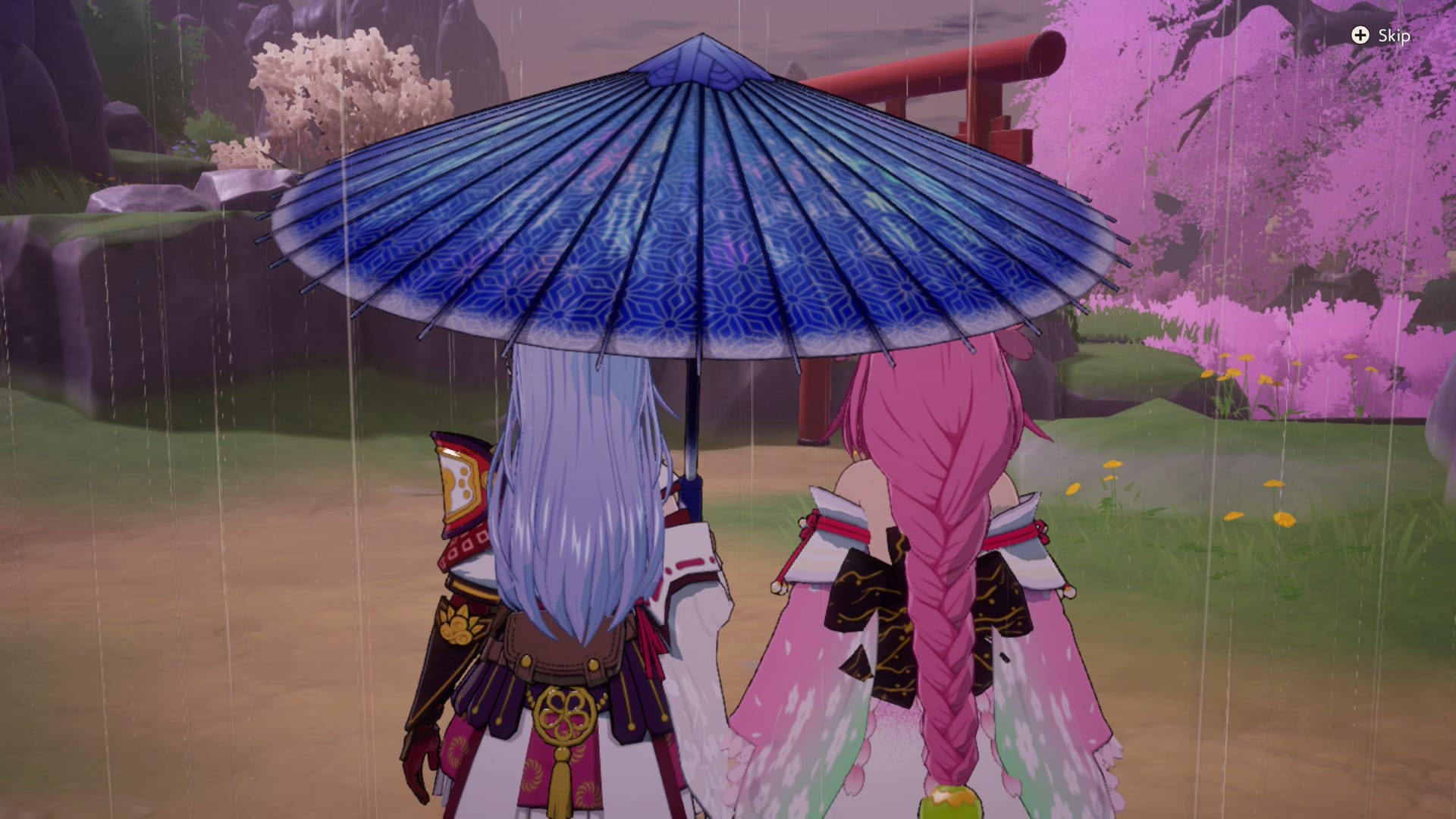
As you level up your bonds with characters, bond events will open up to further progress your relationship. I was worried the new, more generic social systems would make each character feel flat, but that fear was allayed by the time I got my first bond event. It is a little disappointing their personalities don’t really come across in general conversation, but bond events here do tell much more interesting stories, and they’re all fully voiced to boot. To romance a character, you will have to complete their bond story, but you’ll probably want to do all the bonds you can anyway.
Bond levels can affect a character’s performance in battle, and for the first time you can actually have a full four person party - up to eight characters at once you can swap in and out with the press of a button. That said, you’ll still be doing all the work, because the AI isn’t very good at its job. Thankfully, combat feels fantastic in Guardians of Azuma, easily the best it's ever been in the series.

You can equip two weapons at once from five types: one-handed swords, dual blades, greatswords, bows, and talismans. I’ve been using dual blades since they were introduced, but this time I went with one-handed swords and bows. That’s partially because you don’t have all weapon types available from the start, but also because I wanted the katana aesthetic in the Japan themed game. You still simply mash a button to attack, but there are a few things that help make combat a lot more interesting. For one, your dodge is actually useful, and dodging an attack at the right time will slow everything down for a few seconds.
You also have all of the sacred treasures at your disposal, with each having their own three hit combo that can deal a massive amount of damage to the enemy. The catch? Using them costs RP. In a big shakeup, most actions you take don’t cost any RP. In exchange, your total RP pool is much, much smaller here, but this makes everything that does use it feel far more impactful. You won’t want to break out the sacred treasures in every fight, because you might need that RP later to restore a bit of the land or remove an obstacle.
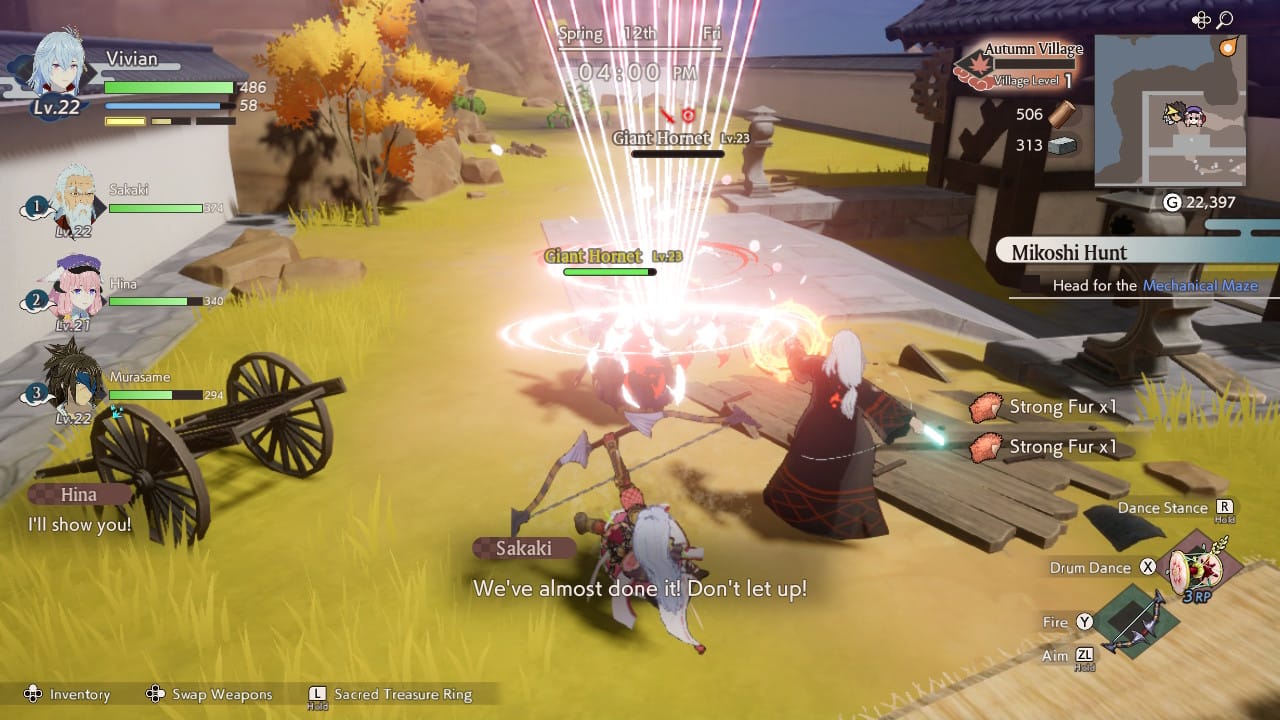
And there is quite a lot of land to restore. The four seasonal areas each have their own big, enemy-filled zone to explore and you can fly around the sky islands of Azuma, with even more islands unlocking as you progress the story. Given Rune Factory 5’s performance despite its relative emptiness, you might think there’s not a lot to do out here and it would run very poorly, but that’s not quite the case. Initially, there’s a lot to do in these areas, with enemies to fight, levels to gain, and land to restore. Once you discover everything, however, there’s just not much reason to head back out into the wilderness unless you want to tame a specific monster or grab certain materials.
Doing anything, from fighting to socializing, will earn you EXP. Each skill, such as Bows or Carpentry, has their own pool of experience, but you also have a pool of generalized experience. You can spend this experience on nodes in each skill tree, increasing your stats or proficiency with that skill. I often forgot the skill tree even existed, and when I remembered I would barely have enough experience for a few nodes. It’s not the most interesting form of progression, but it is slightly more involved than past games.
Performance wise, it’s actually pretty sold. On Switch 1, there are noticeable dips but you’re mostly getting 30 fps as you explore and fight. There are certain areas where the framerate can dive slightly, but it’s still very playable. It looks pretty low resolution, but Switch 1 is a perfectly serviceable way to play the game.
That said, the jump to the Switch 2 Edition makes me never want to go back. Switch 2 bumps the framerate up to 60 and stays there… almost all of the time. Again it’s not perfect, with very noticeable frame drops upon loading into a new area, but it's consistent enough in gameplay and cutscenes that I don’t mind too much. Doubling the target frame rate makes combat even better, with perfect dodges feeling a lot better to pull off. I’m not sure if the game supports HDR, but it somehow makes the LCD screen of the Switch 2 look even more vibrant than the OLED screen of my Switch 1. The game was already gorgeous, but the higher resolution, HDR, and increased frame rate make Rune Factory: Guardians of Azuma a joy to look at.
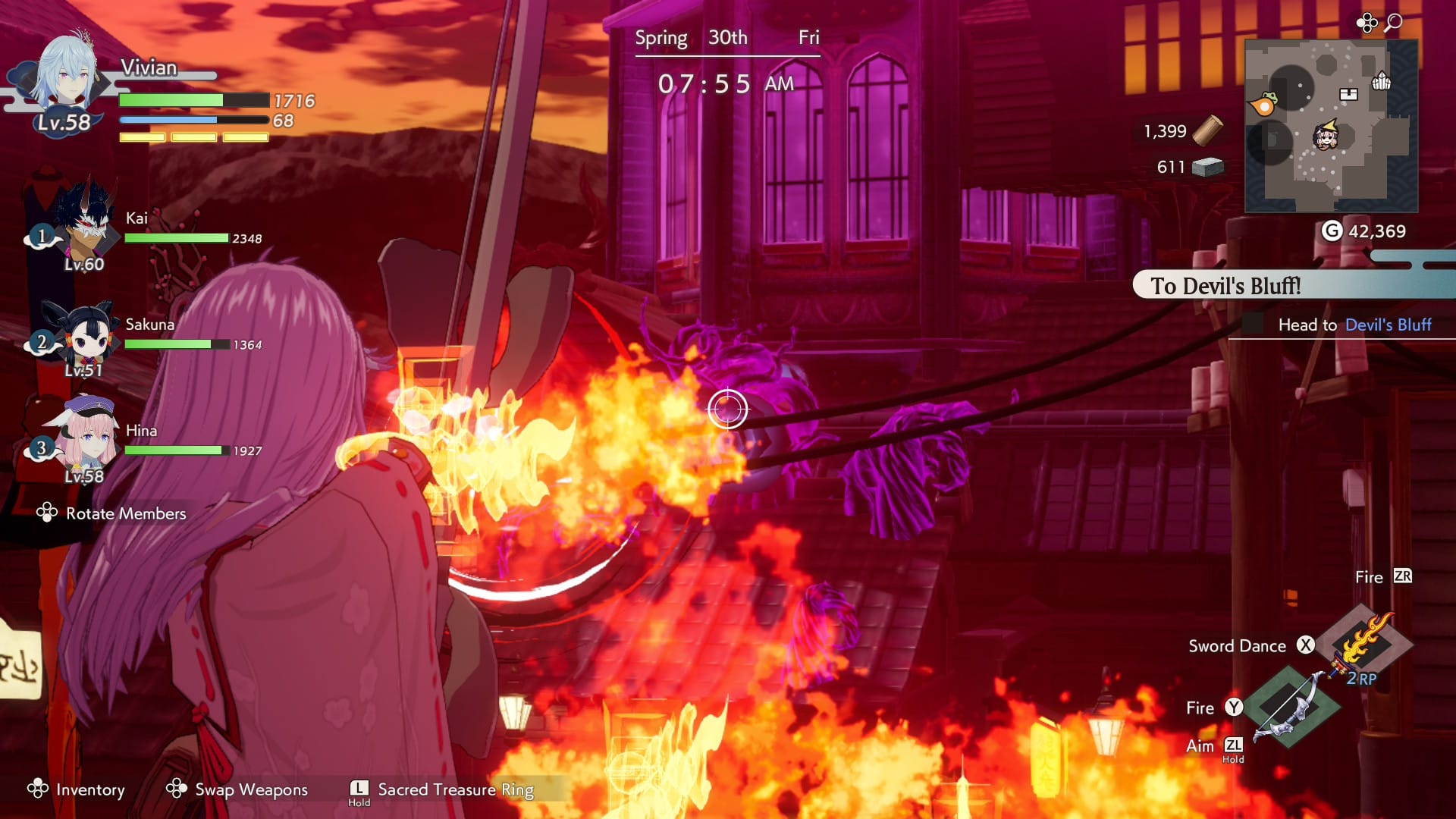
The Switch 2 version also adds support for mouse mode when building in towns and when selecting a destination on the map. It’s a little odd to swap between controller and mouse modes, but it activates seamlessly and can certainly make some tasks easier. For example, watering crops in mouse mode simply requires you to hold the button and move the cursor, using the left joy-con 2’s stick to scroll around the area. It’s similar without mouse mode, but there you’re at the mercy of the game’s scrolling speed as you hold a direction to move your grid-locked cursor. I have found mouse mode can activate simply when gripping the joy-con 2 in a certain way, but I imagine that’s a system level problem rather than something wrong with Guardians of Azuma. You can only use mouse mode with the right Joy-Con 2, so lefties are out of luck.
I played most of the game on Switch 1, but swapping to the Switch 2 Edition was seamless. Having already transferred everything to the Switch 2 using the console’s initial startup process, my saves carried over with no effort on my part. The download was also basically instant, taking maybe one or two seconds; and I say that having some god awful download speeds. It seems to basically just be flipping a few switches to increase the resolution and framerate, with stuff like mouse mode already being in the Switch 1 version but inaccessible.
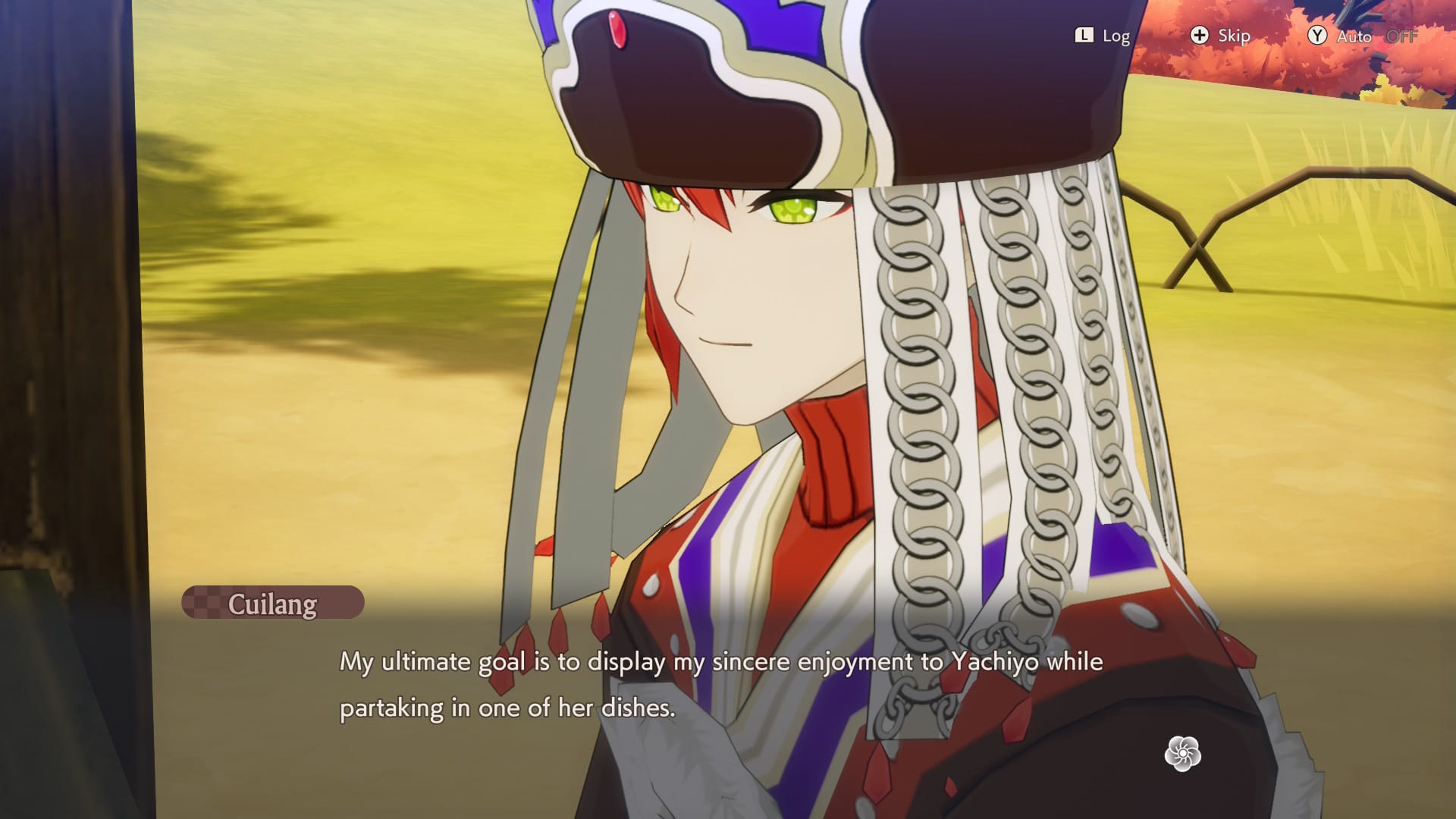
One final thing I’d like to mention is the game’s DLC practices. Despite being a $70 game on Switch 2 ($60 for the Switch 1 version with a $10 upgrade pack), Guardians of Azuma has day one DLC. I could live with that if it was just costumes and the free Sakuna: Of Rice and Ruin crossover, but one of these DLCs locks romance routes for a bachelor and bachelorette behind it. Specifically Pilika and Cuilang, who are both already in the game. It feels gross to lock them behind a further $10 payment from day one, especially for a series where one of the main attractions is romancing eligible NPCs. Guardians of Azuma even adds a feature where you can experience married life with more than one NPC per-save file through something akin to interdimensional adultery (don’t think about it that hard), so not buying this DLC immediately won’t ruin your playthrough if you really wanted to romance them, but it still leaves a bad taste in my mouth.
Rune Factory: Guardians of Azuma
Great
Rune Factory: Guardians of Azuma feels like a big leap forward for the series, despite being a spinoff. It may place a lot less focus on farming and social elements, but that allows it to provide some great combat and a surprisingly fun management element. It’s far from flawless with some frustrating DLC practices, but remains enjoyable throughout.
Pros
- Great visuals
- Tight combat
- Bond Episodes are interesting
Cons
- Frame drops upon load
- No left handed mouse mode
- Skill system is very forgettable
This review is based on a retail Nintendo Switch copy provided by the publisher.
